Stories from our staff
-
Senior Resource Officer, Infrastructure - Ed Prince
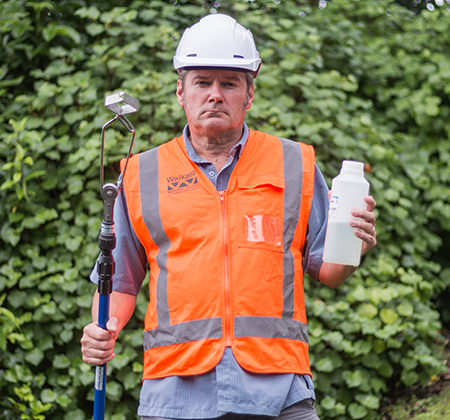 Imagine you’re having a bath in nice clean water. While taking that bath, people keep coming along and taking out a cup of water, causing your level to drop. Others get in the bath with you, so the water gets dirtier and dirtier. At some stage you add some fresh water to the bath – rain – but still people keep getting in and making it dirty, or taking more water out. You can imagine the state of the water at the end of the bath. That’s the Waikato River.
Imagine you’re having a bath in nice clean water. While taking that bath, people keep coming along and taking out a cup of water, causing your level to drop. Others get in the bath with you, so the water gets dirtier and dirtier. At some stage you add some fresh water to the bath – rain – but still people keep getting in and making it dirty, or taking more water out. You can imagine the state of the water at the end of the bath. That’s the Waikato River.At council I look after infrastructure that takes water and discharges it into the coastal environment and rivers, like wastewater treatment plants and geothermal energy sites. We issue resource consents for people to take water and discharge to water.
Basically, people come to us and say what they want to do and we tell them what they need to do if a resource consent is required – the list of dos and don’ts to achieve their aims, or whether their proposed activity can be undertaken as a permitted activity without a consent. And of course we monitor them to make sure they are obeying the rules.
Our priorities are the large sites – wastewater treatment plants are the highest risk sites. We have prosecuted a consent holder for a discharge of sewage sludge that went straight into the river. Birds were killed, fish were killed and water quality compromised.
What went wrong? Who didn’t do what they were supposed to do? What’s wrong with the system, and can it be improved? That’s what we have to sort out. In this case, we got them to put in some storm water gates so they can prevent any sewage or other spills from leaving the site in future.
The number of spills we have has dropped over time which is good, and with the improvement in water quality of the treated wastewater by operators we are seeing less failing samples. Compliance is improving. We have better systems in place and so do the consent holders.
Senior Resource Officer, Infrastructure
Catchment Management Lead
Stories from our communities
-
John Ash - Waitomo Catchment Trust Board
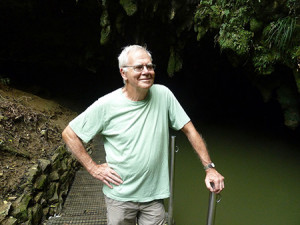 We have what we call two landscapes. You see all the cars but where are the people? They are all underground. So we have this whole other area to manage. We get to see what happens underneath the surface, and it’s pretty neat to be able to do that.
We have what we call two landscapes. You see all the cars but where are the people? They are all underground. So we have this whole other area to manage. We get to see what happens underneath the surface, and it’s pretty neat to be able to do that.One of the driving points for forming our catchment group was the caves. There are probably 100 caves in this catchment. Water was the sculptor of all of them.
All our run off drains out through one cave. The Waitomo Glowworm Cave is like a giant plug hole. So a lot of what happens in the catchment can have a direct effect on that cave.
Silt was a problem. The caves were getting a lot of silt in them. They had to de-silt the glowworm grotto because the boats were grounding out and the de-silting process could disturb the food source for the glowworms, so it wasn’t a good thing. Every year, hundreds of thousands of people visit the caves to see the glowworms. The streams need to be healthy to harbour the insects that glowworms eat.
I think we were one of the first catchment groups in the country, in a way. Essentially, the old Waikato Valley Authority started doing planting on marginal land. They got a bit of funding but not enough. When Environment Waikato was formed they set up a meeting to try and get a partnership going.
That first meeting was held in 1990 and there was a really great turnout: local community groups, landowners, tourism operators, DOC, the Waitomo District Council, QEII Trust, Native Forest Restoration Trust and people who enjoy planting trees. I was involved with the Black Water Rafting adventure tourism business at the time. People were really enthusiastic. It’s the camaraderie. Everyone is doing the same thing; you get peer pressure.
The regional council drew up property protection plans for the catchment, identifying marginal land that needed retiring and planting. One of the carrots was that farmers could plant pine trees on retired land.
If you look at the catchment now, you can see the difference. Places that were scrubby marginal pieces of land are now bush, mature trees. The water quality has improved. The silt build-up is far more manageable. When we get big rainfall now we don’t get the sheet run off that used to happen.
I always quote one of the local farmers. He is very practical and gave a great speech when we celebrated 20 years. He said “every day I get up and I go outside and my farm looks like a park; I put less fertiliser on my land, now; I lose less stock because I’ve fenced off my waterways and wetlands, and my farm management allows me more time to do the things that I enjoy".

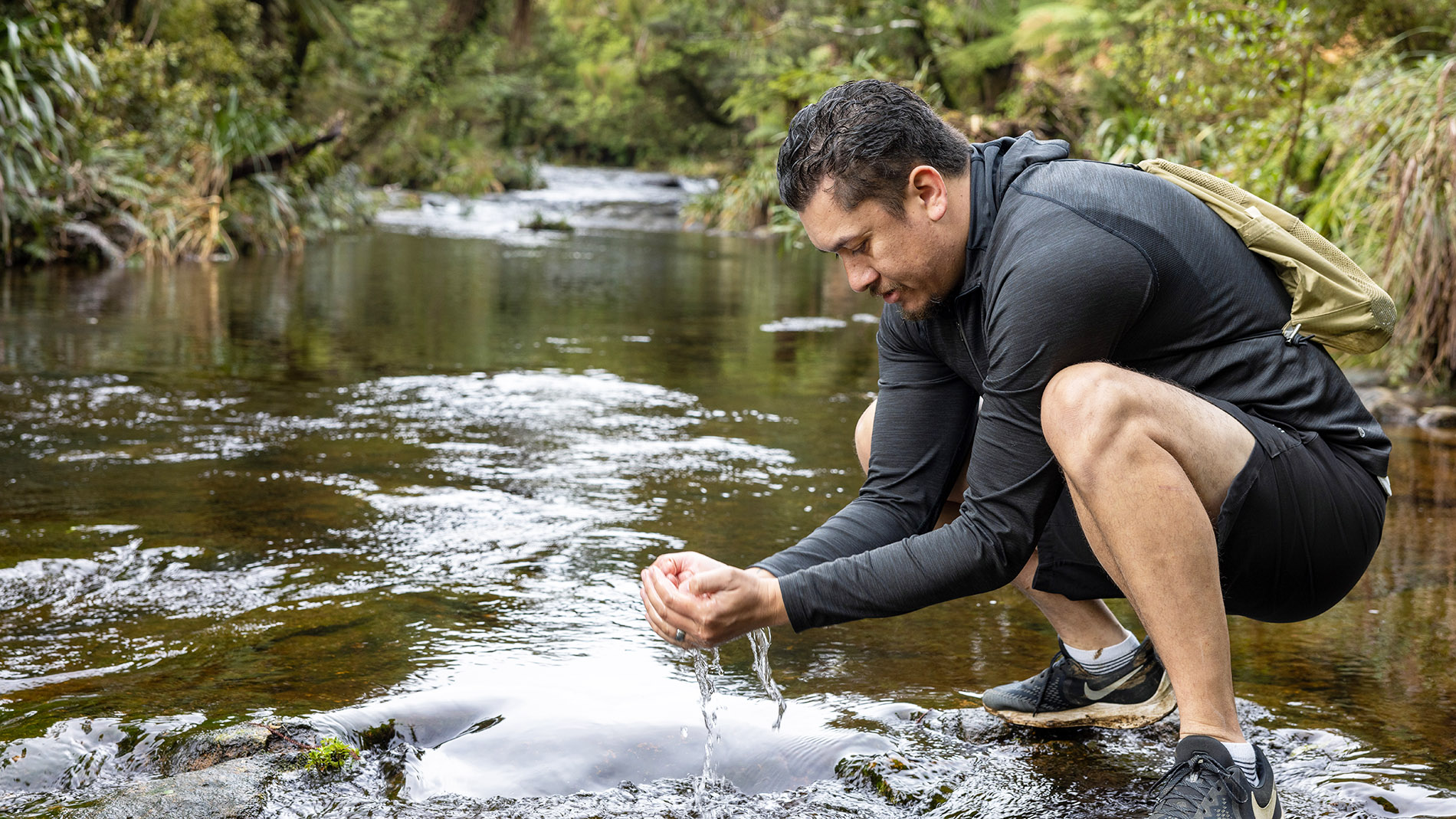
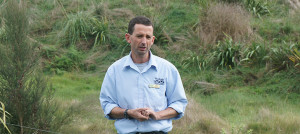 I grew up on a dairy farm in the Hauraki Plains – that was our playground. We would swim in the Karangahake Gorge’s streams and waterfalls but always knew that after 3pm the water could become green from effluent. Things have changed significantly since then, but that’s from an effluent perspective. Land use has intensified. Nutrient levels have continued to increase and create other issues.
I grew up on a dairy farm in the Hauraki Plains – that was our playground. We would swim in the Karangahake Gorge’s streams and waterfalls but always knew that after 3pm the water could become green from effluent. Things have changed significantly since then, but that’s from an effluent perspective. Land use has intensified. Nutrient levels have continued to increase and create other issues.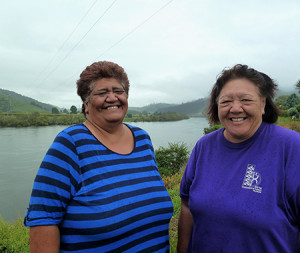 The marae is riverfront, we used to swim there all the time. It was awesome! We all got chucked in the river and learned to swim, learned to row boats, learned to whitebait, learned to gather freshwater pipis, catch flounder.
The marae is riverfront, we used to swim there all the time. It was awesome! We all got chucked in the river and learned to swim, learned to row boats, learned to whitebait, learned to gather freshwater pipis, catch flounder.
To ask for help or report a problem, contact us
Tell us how we can improve the information on this page. (optional)